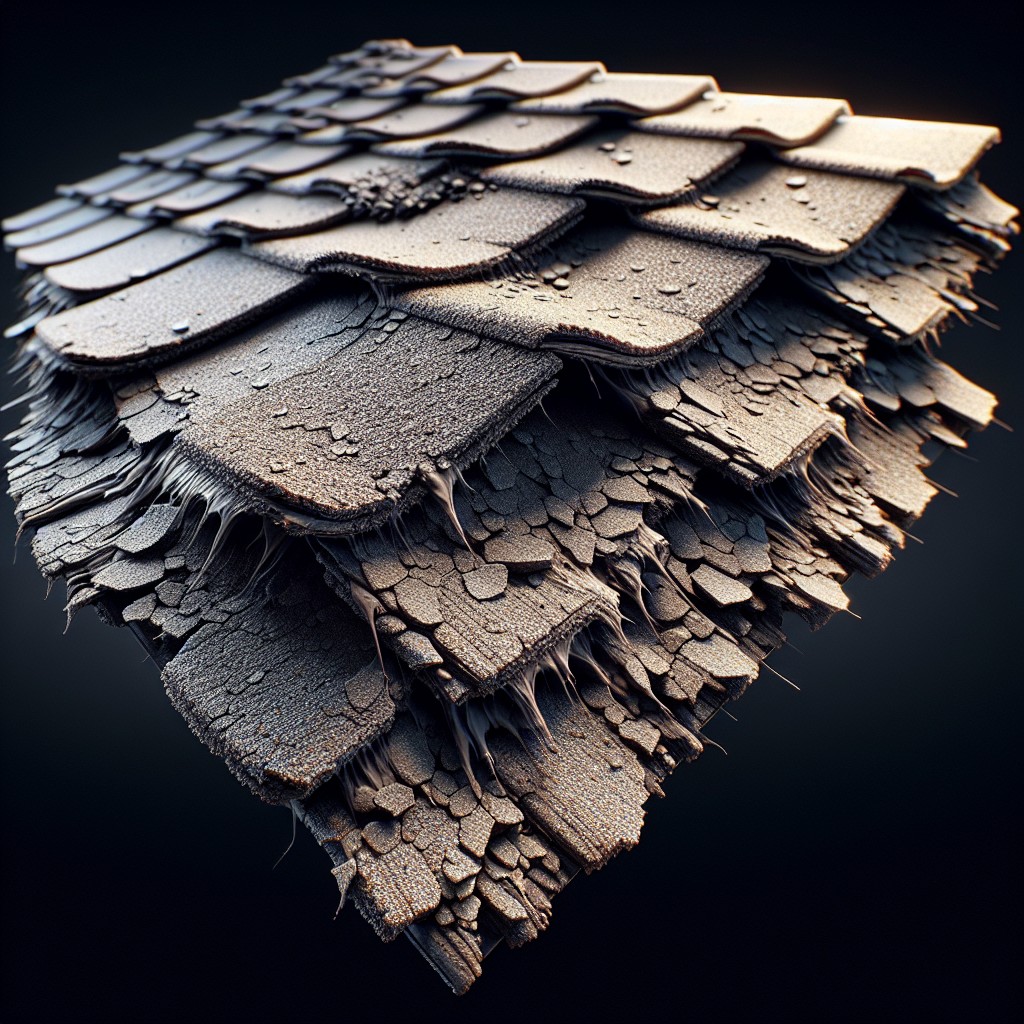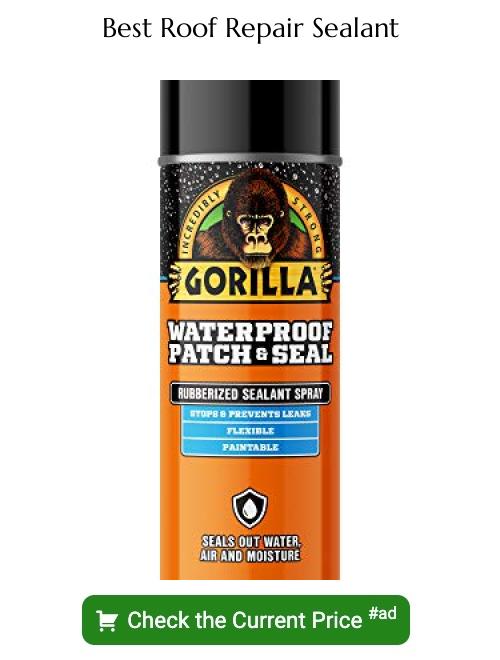Last updated on
Granule loss on shingles is a common issue that can affect the longevity and effectiveness of your roof, and this article provides insights into its causes, consequences, and solutions.
Key takeaways:
- Granule loss exposes asphalt layer, reducing roof longevity.
- Without granules, shingles are vulnerable to UV damage and leaks.
- Weathering, physical damage, and roof age contribute to granule loss.
- Regular maintenance and inspections can catch granule loss early.
- Call a professional roofer if shingles show bald patches or leaks.
What Is Granular Loss On a Roof?

Granular loss refers to the shedding of the ceramic-coated minerals embedded in the surface layer of asphalt shingles. These granules provide essential UV protection and add color and texture to the roof.
Over time, shingles may lose these granules due to natural wear or external factors, exposing the asphalt layer. This exposure can accelerate the aging process of the shingles, potentially leading to reduced roof longevity and compromised effectiveness against the elements.
Not all granule loss indicates a problem; some initial shedding is normal after installation. However, excessive or accelerated loss could signal a need for closer inspection.
Consequences of Granular Loss
Without the protective granular layer, shingles become vulnerable to accelerated aging and weathering. Exposure to ultraviolet rays can rapidly deteriorate the underlying asphalt, leading to cracks and potential leaks. This damage compromises not only the roof’s aesthetic but also its structural integrity.
Additionally, granule loss often signifies to homeowners that their roof’s lifespan is nearing its end and may require repairs or replacement to prevent interior water damage, mold growth, and insulation problems. Maintaining a granule-rich shingle surface is essential for the longevity of your roof and the safety of your home.
Factors Leading to Granule Loss
Several elements contribute to the erosion of granules from shingles:
1. Weathering: Over time, exposure to various weather conditions like rain, hail, and cycles of freezing and thawing can wear down the protective granular layer.
2. Physical damage: Walking on the roof or falling branches can displace granules.
3. Manufacturing defects: Occasionally, a batch of shingles may have poor adhesive qualities or inadequate granule embedment, leading to premature loss.
4. Roof age: As shingles age, they naturally lose granules; after years of service, this is to be expected.
5. Improper installation: If shingles are not properly aligned or nailed down, it can lead to increased vulnerability to granule loss.
Understanding these factors can help homeowners maintain roof integrity and anticipate potential issues with their roofing materials. Regular inspections can catch granule loss early, before it leads to more serious damage.
Preventative Measures for Minimizing Granule Loss
Regular maintenance is key to extending the life of your roof and preventing granule loss.
An annual inspection by a professional can detect early signs of damage.
Trees can be trimmed back to avoid abrasion and to reduce leaf accumulation, which retains moisture.
Ensuring proper attic ventilation keeps the roof cooler and prevents the shingles from becoming brittle.
Gutter systems should be kept clean to avoid water overflow, which can erode the granules over time.
Selecting high-quality shingles with enhanced granule adhesion and UV protection can pay off in the long term.
Moreover, be aware of walking on your roof unnecessarily, as this can dislodge granules and diminish the roof’s protective capabilities.
When to Consult a Professional Roofer
It’s critical to monitor the condition of your shingles regularly to determine if professional assessment is necessary. Significant granule loss often warrants expert advice.
Here are clear signs indicating it’s time to call a professional roofer:
- Exposed bald patches on shingles where granules should be, compromising the roof’s ability to protect against the elements.
- Shingles shedding granules in large quantities, especially if your roof isn’t particularly old or hasn’t been exposed to severe weather recently.
- Granules accumulating in gutters or at the end of downspouts, indicating widespread loss across the roof.
- Roof leaks or signs of water damage in the attic, which may suggest that granule loss has led to a compromised roof.
Should you observe any of these conditions, prompt attention from a licensed roofer can prevent further damage, assess the need for repairs, or determine if a complete roof replacement is necessary. Regular inspection and maintenance are the best ways to extend the life of your roof and protect your home from potential damage.





